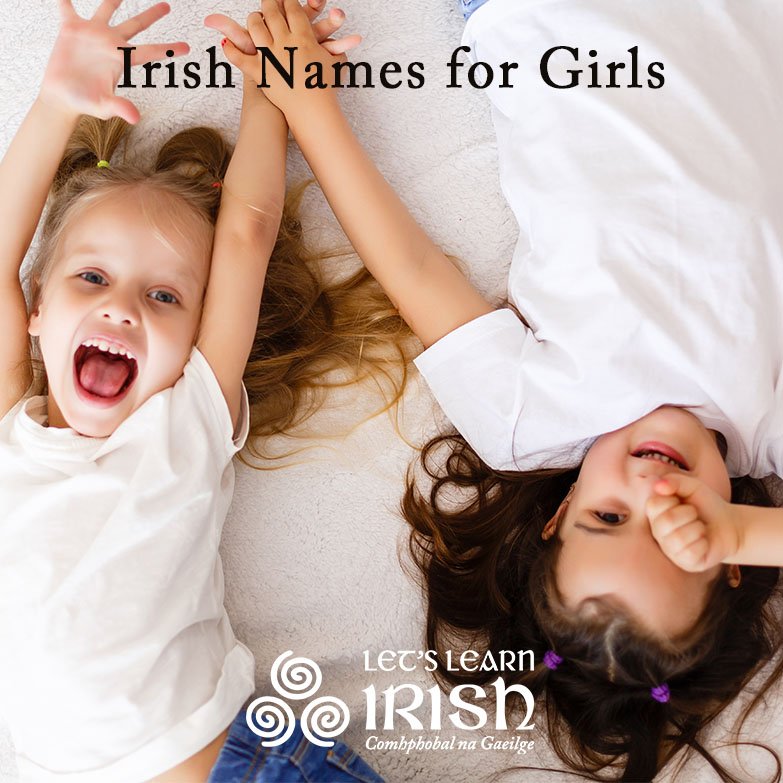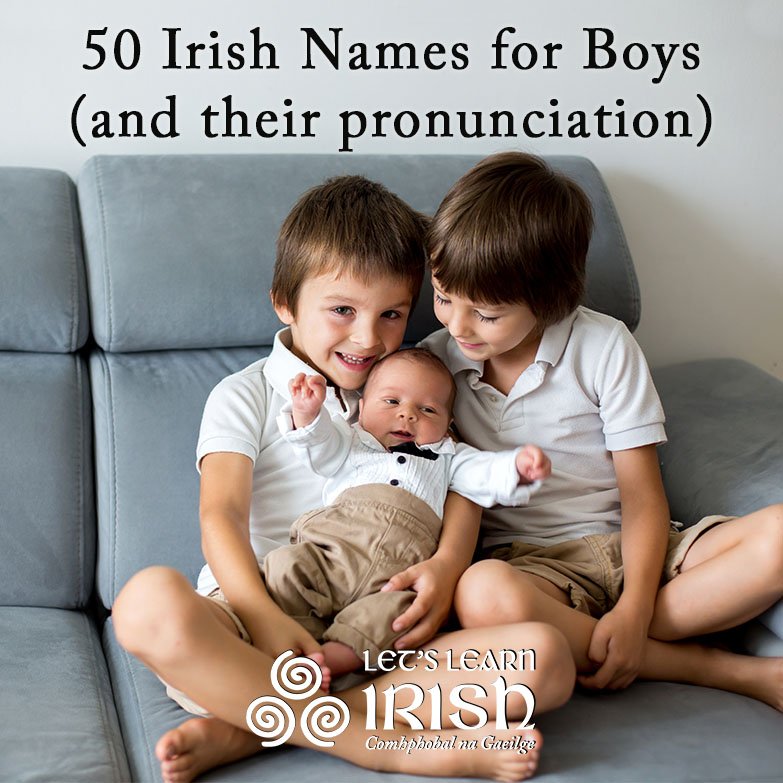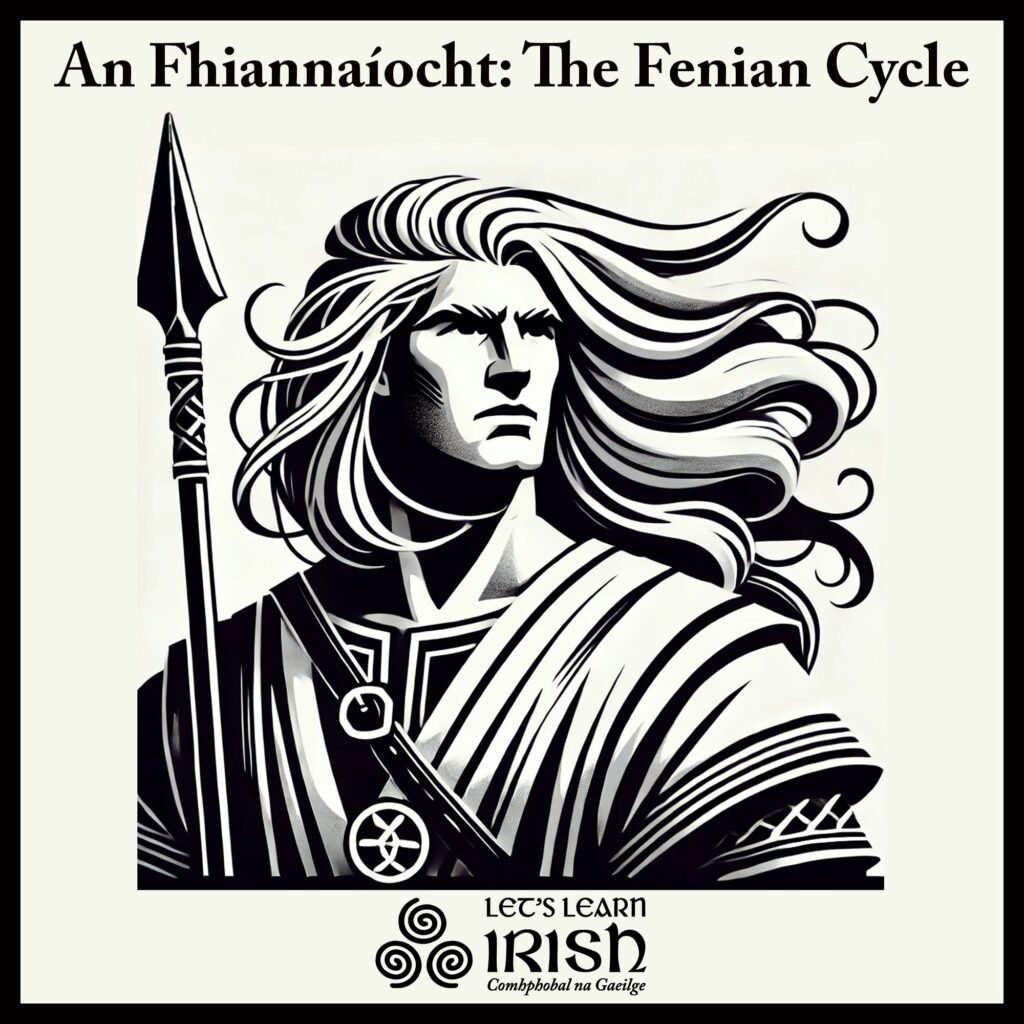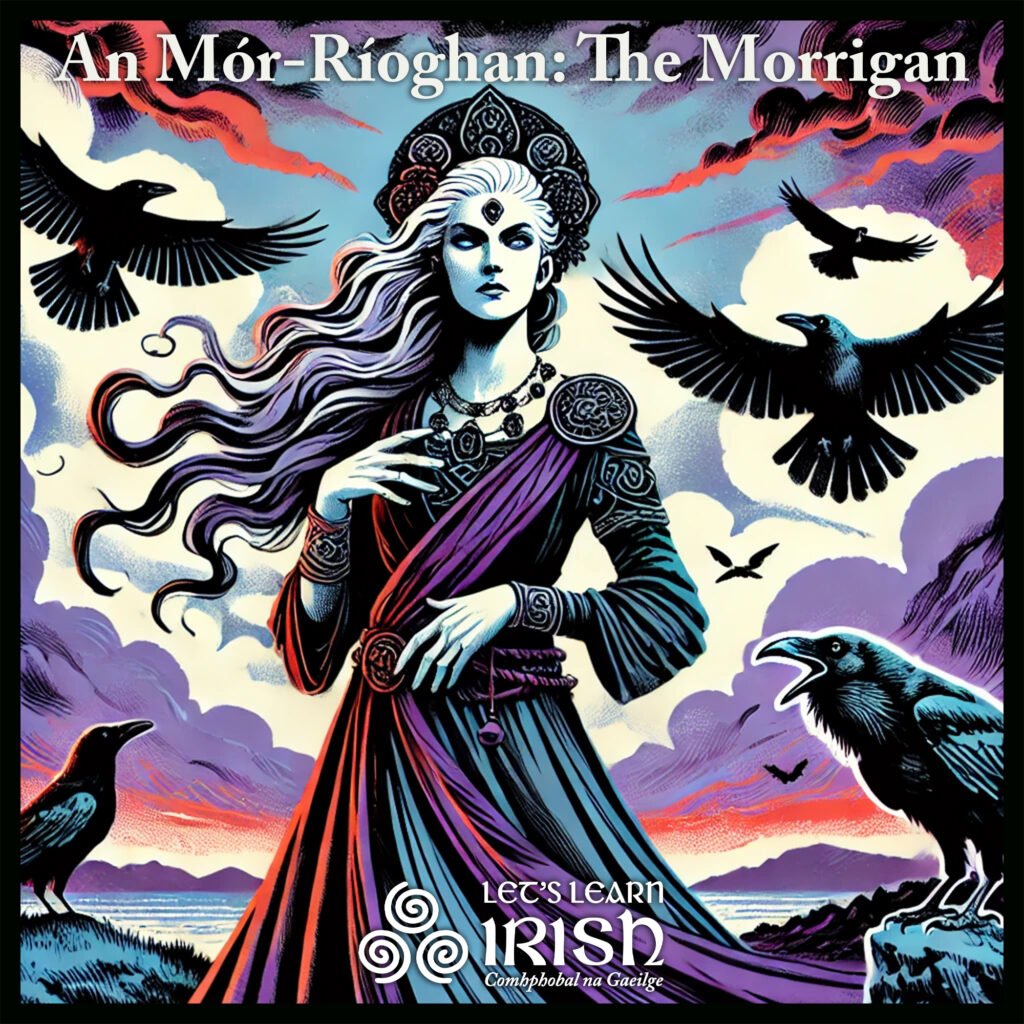An Táin Bó Cúailnge: Ireland’s National Epic
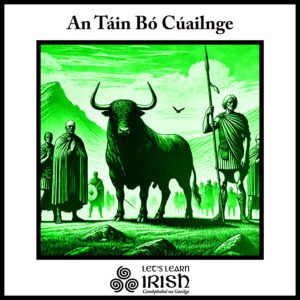 Of the vast body of ancient literature captured in the four cycles (or collections) of Irish mythology, An Táin Bó Cúailnge may be the most important and beloved story of them all. If you have been learning Irish for a while, it’s very possible that your múinteoir has mentioned this classic tale. Sometimes referred to in English as The Cattle Raid of Cooley, or—more commonly, The Táin, the tale sees the men of Ulster and their hero Cú Chulainn square off against Queen Méabh (sometimes referred to as Medb) and the people of Connacht in a fight over the prized bull Donn Cuailnge.
Of the vast body of ancient literature captured in the four cycles (or collections) of Irish mythology, An Táin Bó Cúailnge may be the most important and beloved story of them all. If you have been learning Irish for a while, it’s very possible that your múinteoir has mentioned this classic tale. Sometimes referred to in English as The Cattle Raid of Cooley, or—more commonly, The Táin, the tale sees the men of Ulster and their hero Cú Chulainn square off against Queen Méabh (sometimes referred to as Medb) and the people of Connacht in a fight over the prized bull Donn Cuailnge.
Set in the first century, The Táin is the central story in the Ulster Cycle and contains the daring feats of the half-god/half-human Cú Chulainn as he single-handedly stems the advance of Méabh’s troops into Ulster. Three written versions, or “recensions,” have survived, the earliest in a 12-century manuscript written in Old Irish.

The Plot of An Táin
While different versions of The Táin contain various remscéla, or “pre-tales,” to provide background information, the plot of The Táin is initiated by Méabh and her husband Ailill comparing each other’s wealth. The couple comes to the conclusion that the sums of their possessions are equal, except for the potent bull Finnbhennach, which belongs to Ailill’s tréad (herd). There is only one bull his match, Donn Cuailnge, which is owned in Ulster. (One rémscéla reveals that both bulls have mythical origins.)
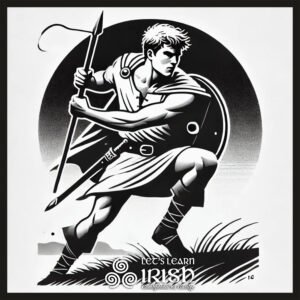
When a deal to rent the bull breaks own, Méabh raises an army to take it by force. She is joined by her ally and lover Fergus mac Róich, an exiled Ulster king. The Ulster men come under a yearly mallacht, or curse, in which they experience debilitating pain that prevents them from fighting. Only the seventeen-year-old Cú Chulainn, being not old enough to fall under the spell, can defend Ulster.
Cú Chulainn is able to delay the advance of Mebh’s army for several months—until the Ulstermen’s agonies have lifted—by challenging their champion warriors to single combat. One after another, he defeats whoever Méabh nominates. Sometimes Méabh sends several men against him at once, to no avail. These battles culminate in Cú Chulainn being forced to fight his foster brother, Ferdia. Both men clash over a four-day battle, with neither man allowed to retreat, despite their deep bond. In the end, Cú Chulainn unleashes his secret weapon, an Gáe Bolga—a lethal spear—to deal the final blow to Ferdia. Cú Chulainn’s overwhelming grief after the fight has become legendary, a poignant reminder of the personal cost of loyalty and the devastation of conflict.
Once the Ulstermen have recovered from the annual curse, the Ulster King vows to return all abducted cattle and women, and the climatic battle between the Ulstermen and the Connacht army begins. After fierce fighting, Cú Chulainn ultimately spares Méabh’s life and allows her to retreat with Donn Cuailnge. When she brings him home, however, Donn Cuailnge and Finnbhennach fight to the death, eventually ending in both of their demise.

The Three Recensions
The oldest surviving version of The Táin is found in The Book of the Dun Cow (Lebor na hUidre), assembled in the late 11th century and early 12th century, and in The Yellow Book of Lecan in the 14th century. Both manuscripts only contain partial texts, but they overlap and the full version of The Táin can be constructed between them. It is believed that some of the text itself dates back as far as the 8th century.
The second recension can be found in The Book of Leinster from later in the 12th century, using language that is more modern and verbose than the previous version. The third recension is incomplete and exists in partial manuscripts from the same century.
The Cultural Importance of The Táin
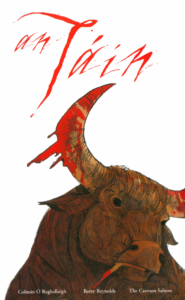
All these years later, The Táin remains an important work of Irish literature. Thomas Kinsella’s translation in 1969 titled The Táin, followed by Ciarán Carson’s 2007 version of the same name, helped ensure mass market availability of the tale, and perhaps also encouraged artists in other mediums to engage with it. The Irish rock band The Horslips released a 1973 album titled The Táin, while The Pogues wrote and sang “The Sickbed of Cuchulainn.” In 2004, the American indie rock band The Decemberists released a 5-part single called “The Táin,” retelling the story of Cú Chulainn.
The persistence of An Táin Bó Cúailnge in the cultural samhlaíocht (imagination) of Ireland is one of the reasons that it has been suggested that the story is the national epic of Ireland. Particularly in the Gaelic Revival of the late 19th century and again once the Free State of Ireland was established, the Irish turned to The Táin as part of a proud historical and cultural past. The Táin, as well as other ancient mythology, was used to celebrate Irish identity, even when it was under the threat of colonization.
Today, The Táin continues to be retold, including in several graphic novel series. Of course, the story of An Táin Bó Cúailnge is far more than a simple tale of a cattle raid—it is a richly symbolic narrative of ambition, heroism, and the heavy toll of war. Cú Chulainn’s unwavering loyalty to Ulster, even in the face of impossible odds, cements his legacy as a timeless hero, while Queen Medb’s relentless pursuit of power serves as a cautionary reminder of the perils of unchecked ambition. The tragic clash between Cúchulainn and Ferdia reveals how loyalty and friendship can be sacrificed in the ruthless struggle for dominance.

Sometimes called the Irish Iliad, there is likely no better introduction into the extensive body of Irish mythology than An Táin Bó Cúailnge. It’s a creative, exciting tale of heroic warriors and supernatural forces that is uncannily entertaining. Better still, by reading The Táin, you’ll be participating in Ireland’s long literary culture by reaching across the centuries to appreciate the type of stories once told there.
Bígí páirteach!
Join the online Irish community at LetsLearnIrish.com.
Follow on social media @LetsLearnIrish.

